Heritage
The hillfort is extending over 1500 acres of land area surrounded by eight hillocks connected and protected by different fortifications (Prakarams) and gateways (Dwaralu) with garrison inside. The following are some of the archaeologically important structures present in the fortification at the ground level (first Prakaram):
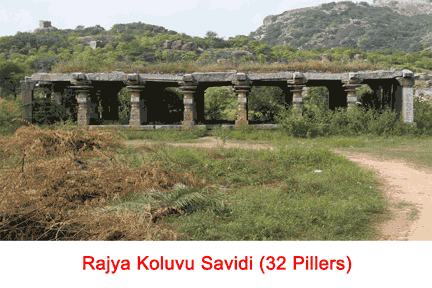
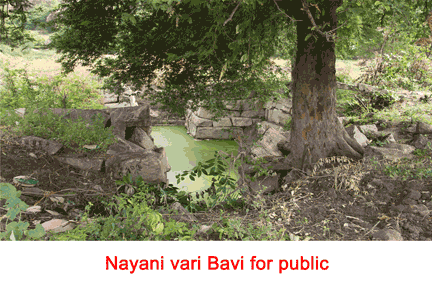
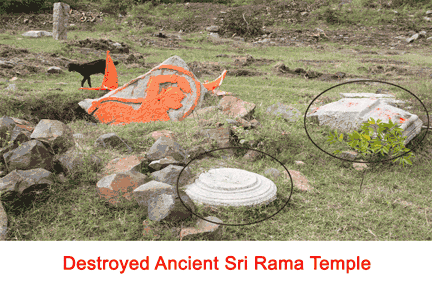
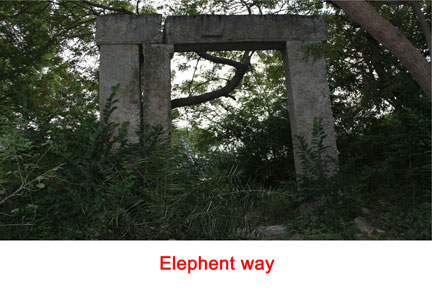
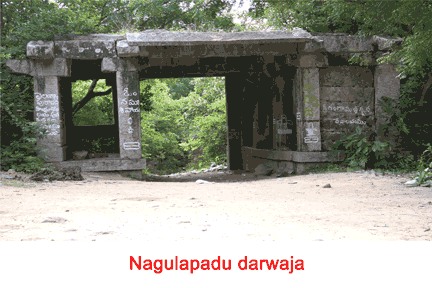

Other archaeological structures present at ground level are:
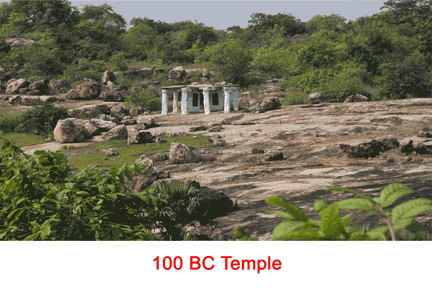
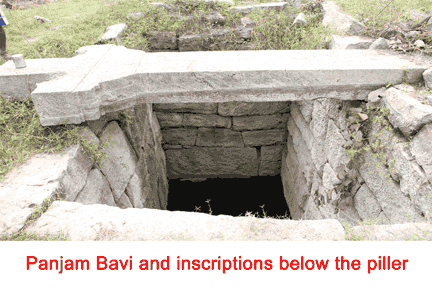
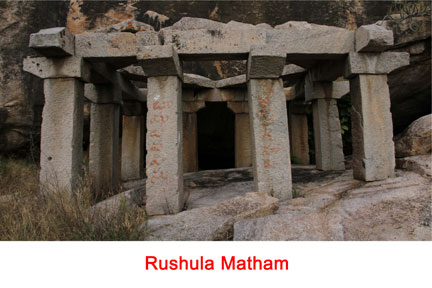
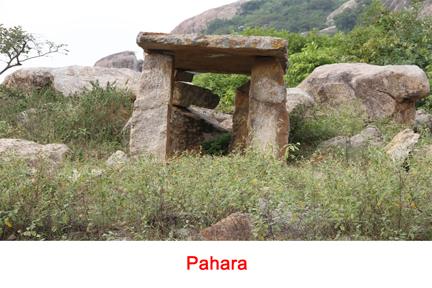
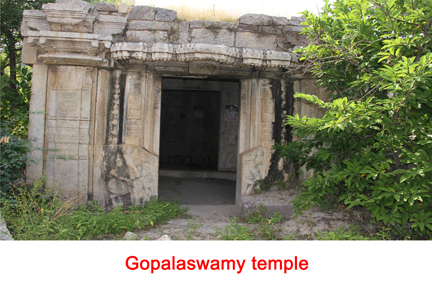
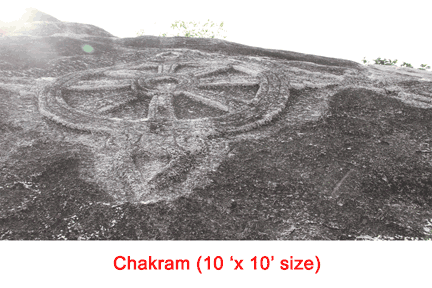
Moola Darwaja: A protective gateway invisible from a distance and becomes visible only when one approaches it.


Jalu Darwaja: A Deceiving gateway that entices enemy armies to come towards it. They will end up slipping down the rocks because of the controlled release of water from the upper lakes.

Rock Stair Cases: At various locations in the fort, we can see staircases built on the mountain surface.


- Man-made lakes at different levels on the hillocks can be seen. We can also see rainwater conservation mechanisms of that period at various locations on the hillocks. All the lakes are with strong revetments (Raathi Kattubadulu) and staircases to get the water, take baths, and change the clothes. “Raja Narthaki Kolanu” (Lake for King’s Dancer), the most elevated area, can be seen even now.


Raja Bandhila Doddi, which is used to capture prisoners and make them slaves, is still visible.


అభివృద్ధి చేస్తే ‘పేట’కు పర్యాటక శోభ
Our Newsletter
